









Daniel Merriam – Walking on Air




Unguided Tour, 1983, Susan Sontag







Picture found here.





Windows of the World Andre Vicente Goncalves – Venice











Picture found here.



*










Daniel Merriam – Walking on Air




Unguided Tour, 1983, Susan Sontag







Picture found here.





Windows of the World Andre Vicente Goncalves – Venice











Picture found here.



*
“…the rose is full blown,
And the riches of Flora are lavishly strown;
The air is all softness, and chrystal the streams,
And the west is resplendently cloathed in beams.
We will hasten, my fair, to the opening glades,
The quaintly carv’d seats, and the freshening shades;
Where the fairies are chaunting their evening hymns,
And in the last sun-beam the sylph lightly swims.
And when thou art weary, I’ll find thee a bed,
Of mosses, and flowers, to pillow thy head…”
(John Keats, To Emma, 1815) Model Ingrid Boulting photographed at Lacock Abbey, “Summer at Source”, by Norman Parkinson for Vogue UK, July 1970
Model Ingrid Boulting photographed at Lacock Abbey, “Summer at Source”, by Norman Parkinson for Vogue UK, July 1970
This photograph taken by Norman Parkinson for the July edition of Vogue UK in 1970 is just one picture from a series of pictures taken at the Lacock Abbey. The lovely girl in the picture that looks like Botticelli’s angel is a model Ingrid Boulting. She might not be as well-remembered today as Twiggy is, but in the 1960s and 1970s Ingrid, with her delicate figure and a pale face doll-like face with big blue eyes, was posing for photographers such as David Bailey and Richard Avedon, and she modelled for the Biba fashion boutique. Ingrid was not a Mod girl with pixie haircut and sharp eyeliner, but rather her looks embodied the soft, rose-tinted aesthetic of the early 1970s. Delicate, ethereal, with silky hair and a quiet, mysterious aura around her, Ingrid is the embodiment of a Pre-Raphaelite muse. That is why I think she was just perfect for this series of pictures taken at the Lacock Abbey, a mansion in Wiltshire, England, built in the Gothic style of the thirteenth century. Pre-Raphaelites, after all, looked back at the Medieval times as times of truth and idealism.
What I like about this photograph, apart from Ingrid’s gorgeous face, is the continual interplay of contrasting elements. The picture appears both static, controlled and carefully arranged, but at the same time there is an undeniable dreamy, carefree quality to it. The girl’s hands are arranged in a pose we might see in a medieval painting, and her hair is dancing freely in the wind. In the background the old, wise, worn-out, poetry-filled stone of the abbey meets the fragile and transient summer flowers. This scene looks to me like a place where “the riches of Flora are lavishly strown” and “the air is all softness”, as Keats wrote in his poem “To Emma”. Ingrid’s attire makes me imagine her as a lady who once may have lived in that abbey, holding flowers in her hands and awaiting the return of her knight from a battle. The scene oozes a mood that is archaic and sweet, soft, delicate, laden with poetry and dreams. It’s almost a painful sweetness that I feel whilst gazing at this picture because I wish that could be the life itself; a long summer afternoon filled with flowers and poetry.
The square shape and the grey tones of the picture may at first seem constricting it because our eyes are used to wandering freely over the picture, in a horizontal or vertical direction, as is the usual shape of the pictures. The black and white picture doesn’t reveal to us the delicate summer shades of the scene, but in this case the black and white is perfect because it allows our imagination to fill the space with colours, and not just colours, but the scents and sounds too. Even though I usually love vibrant colours, in this case I don’t want to see the colours, I want to feel them. Just as it is in a dream; you might not see everything clearly, or hear it, but you know it is there, you feel it in a way which is superior to only seeing it. As I already said, this is one of a few pictures taken for the 1970 July Vogue UK so I will put some others bellow. They are also very beautiful but this one is my favourite.



I recently discovered these photographs of Slovak girls and children (sometimes even men as well) dressed in their traditional clothing. The timeline of the pictures ranges from 1905 up until 1950s, and I find them absolutely delightful and I hope you enjoy them as well!
 Zlatá brána (Golden gate) is traditional game of Slovak children, Slovakia, 1928
Zlatá brána (Golden gate) is traditional game of Slovak children, Slovakia, 1928
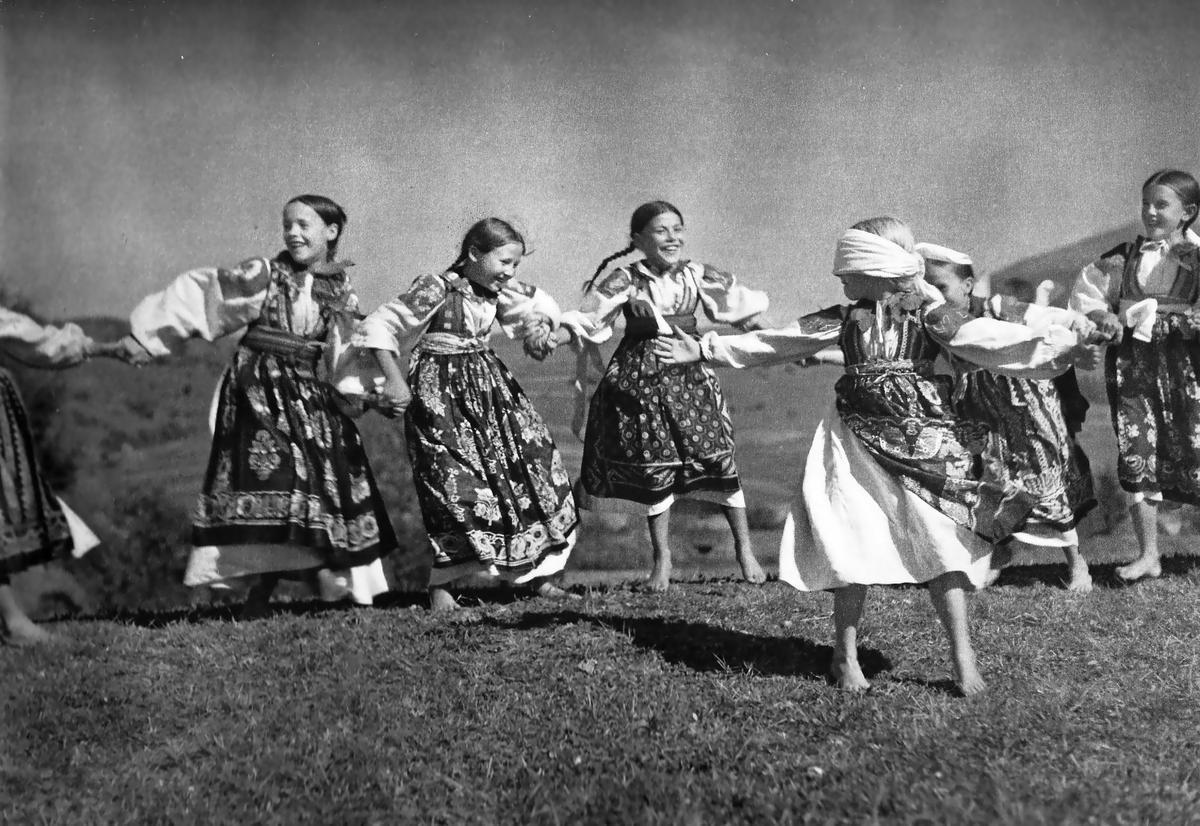
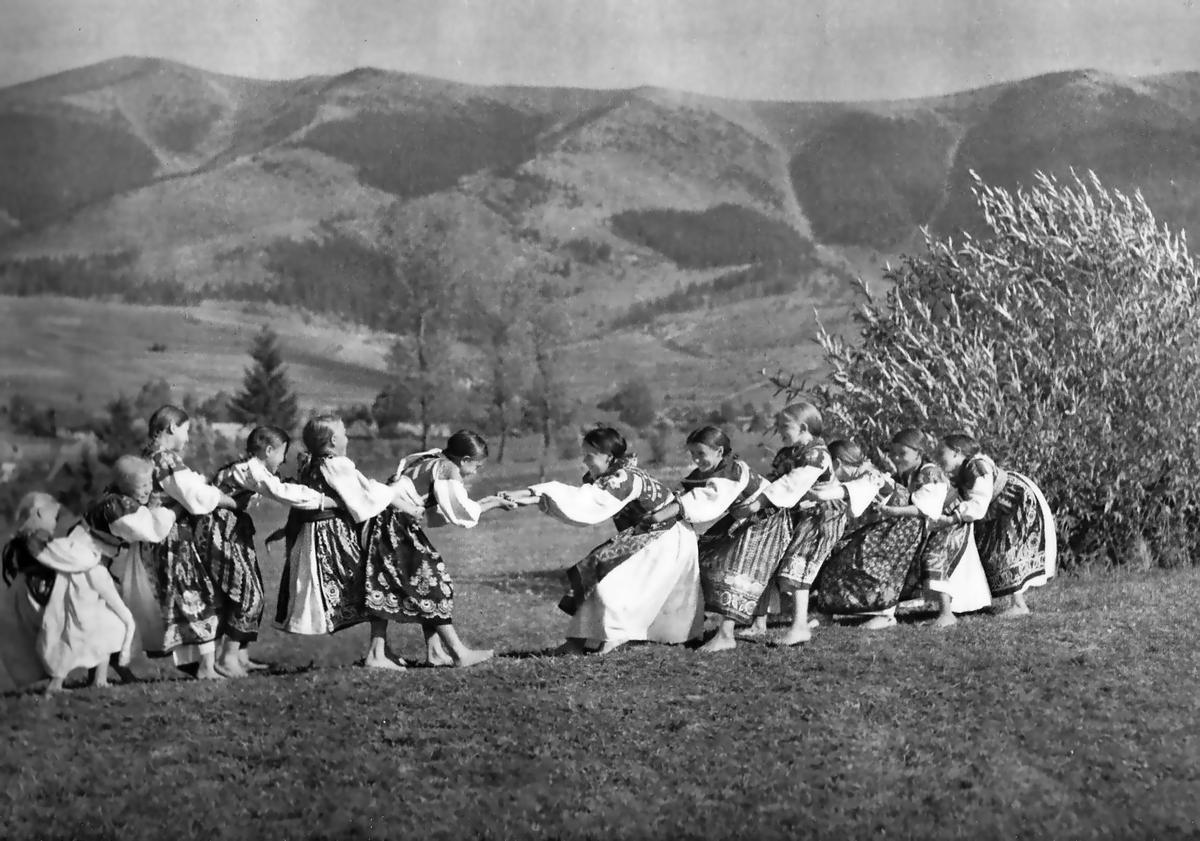
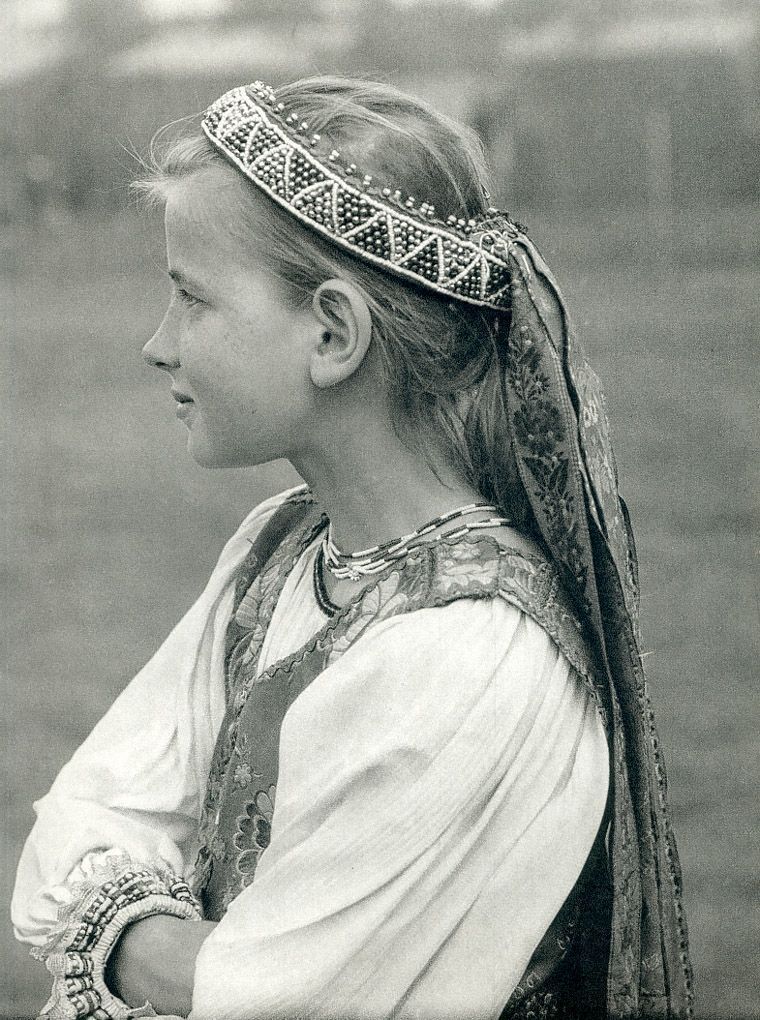
Slovak girl by Karol Plicka; she almost looks like she could be a 1970s hippie teen dressed in peasant-style clothes, don’t you think!?
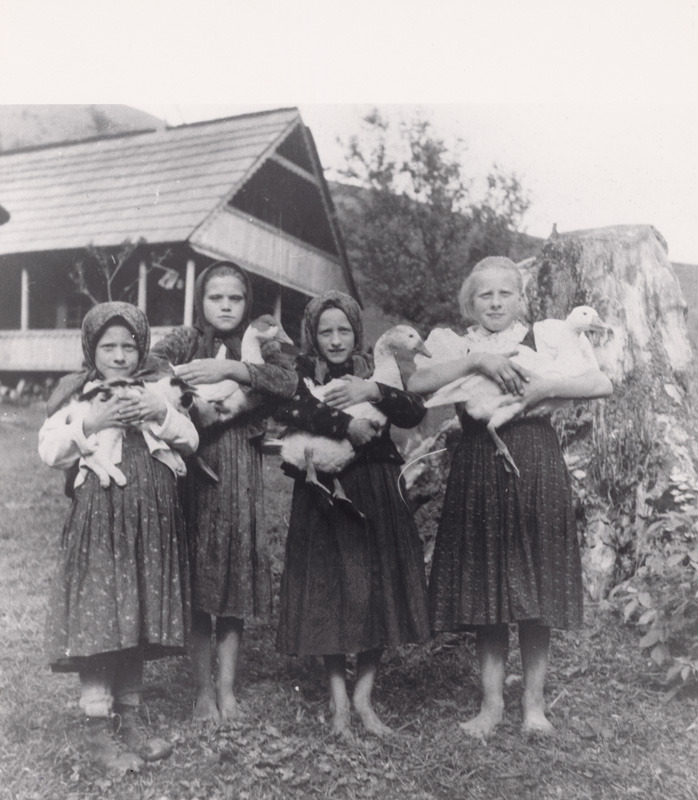
Somewhere in Slovakia, 1927 (Irena Blühová)
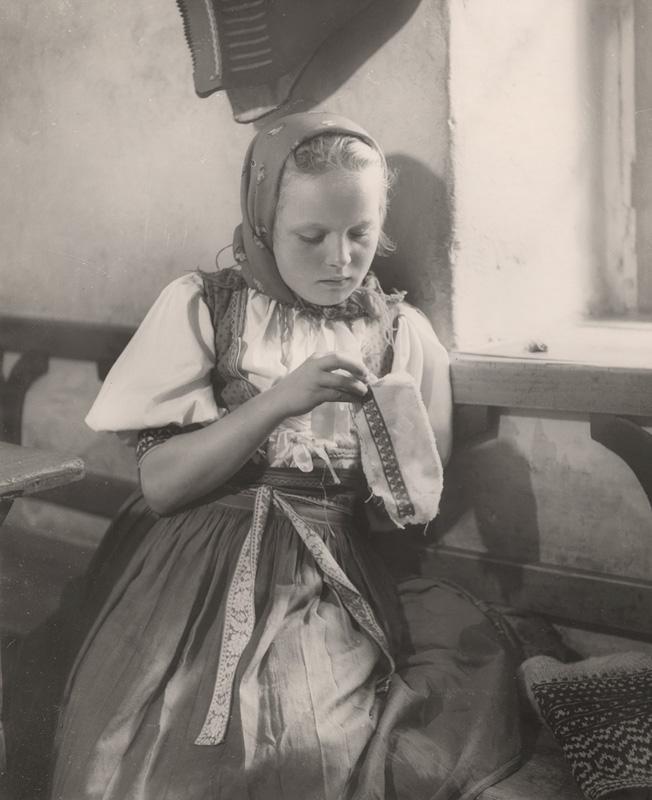
Sunday Work, Slovakia, 1942, Jan Halaša

Girl from Závadka, Slovakia 1928 (Karol Plicka)
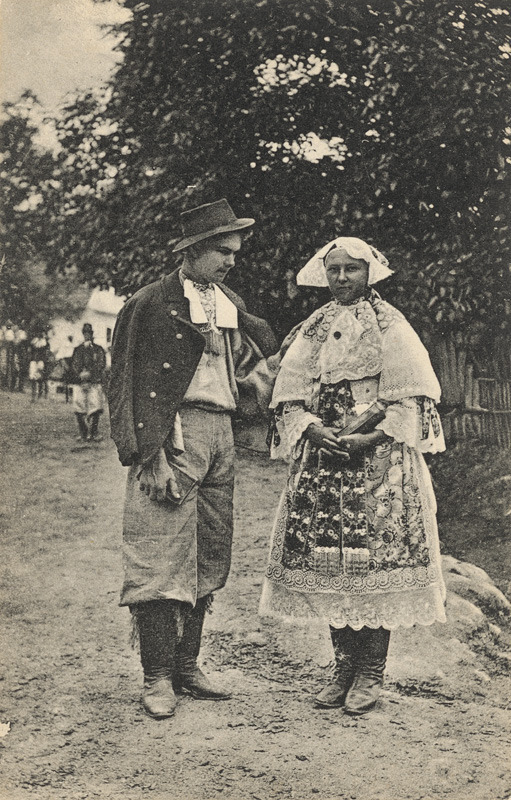
Couple from Jablonec, Slovakia ca. 1905 (Pavol Socháň)
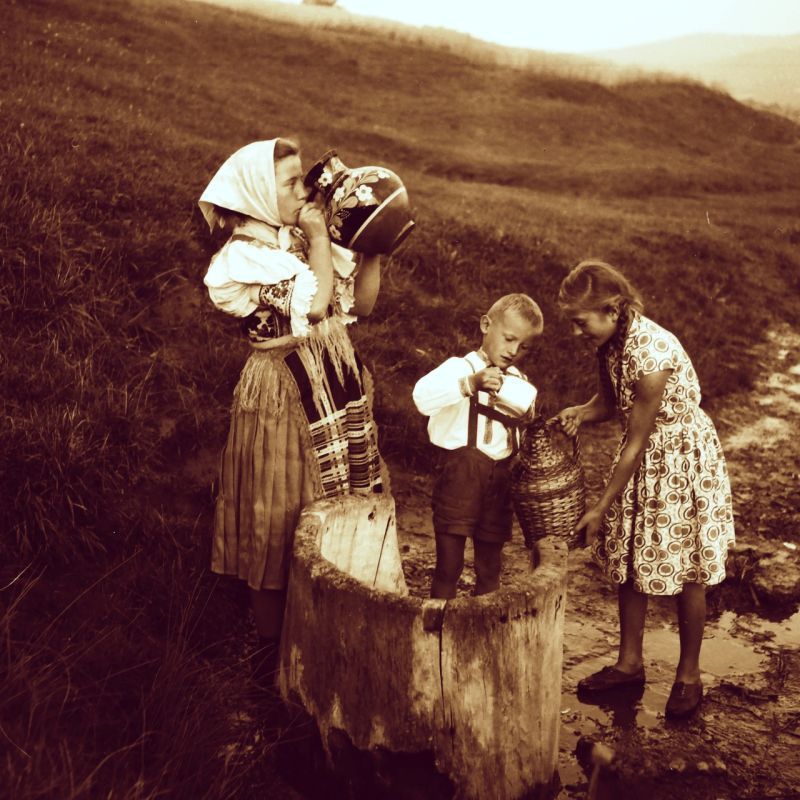
Slovak children, ca. 1952 (Roman Kazimír)
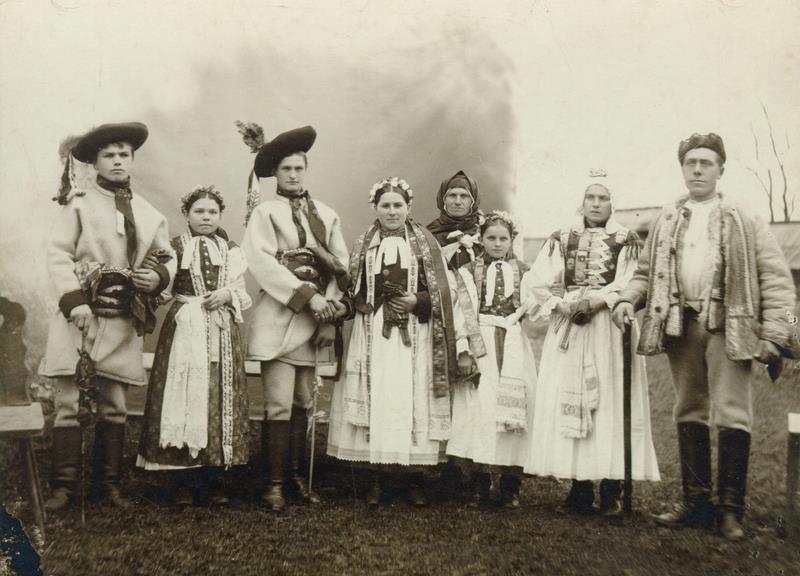
Wedding in Liptovské Sliače, Slovakia ca.1912 (Archive of Matica Slovenská)

Girl, Viničné, Slovakia ca. 1928 (Karol Plicka)
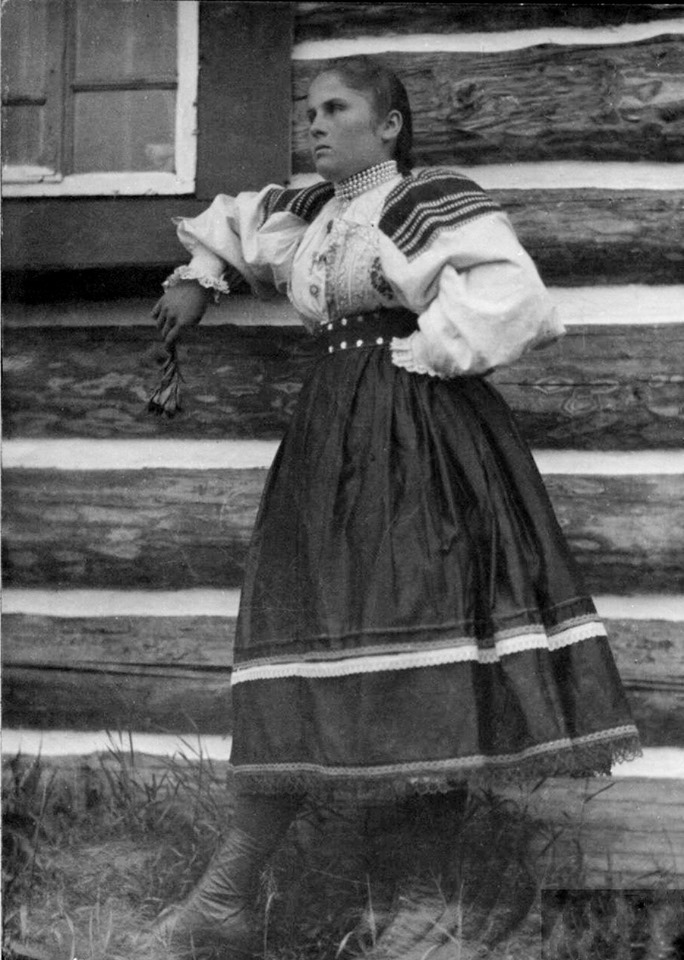
Ždiar, Slovakia 1928

Bridesmaids from Liptov, Slovakia ca.1906 (Pavol Socháň)
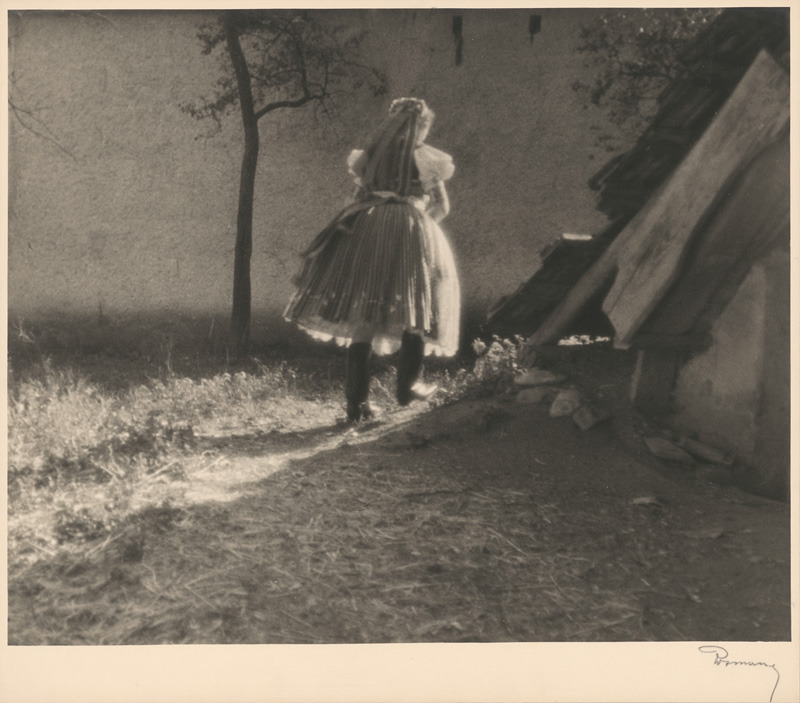
Somewhere in Slovakia, 1940 (Ladislav Rozman)